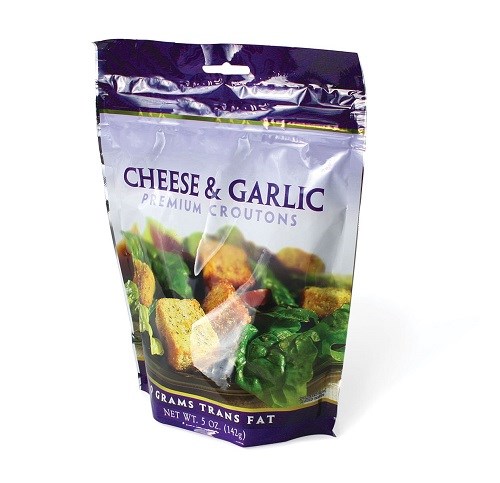New Family of High-Performancen Packaging LLDPE-Like Resins
Dow's just announced Innate Precision Packaging Resins boast unmatched abuse resistance and excellent processability.

It’s always exciting to report on new resin technology and when it’s in the commodity resins realm, perhaps a bit more so. So, today, Dow’s Packaging and Specialty Plastics business is launching Innate Precision Packaging Resins, a new family of polyethylene resins that is aimed at addressing key challenging performance gaps in flexible packaging, most notably: unmatched stiffness/toughness balance, processing ease and improved sustainability profiles.
I had a nice opportunity of speaking with key Dow sources yesterday including Nestor deMattos, marketing director for Dow Packaging and Specialty Plastics, regarding this new family of resins. The Dow sources confirm that the Innate resins represent a new category of ethylene-based copolymers which fit within the range of LLDPE resins. As with other Dow technologies, these resins can be produced using various comonomers—octene, hexene or butene. They also confirm that their creation has been enabled by a breakthrough, patented non-metallocene molecular catalyst coupled with a new non-Insite advanced process technology that reportedly allows for accurate and consistent control of the resin chemistry for marrying film properties like never before.
According to deMattos, Innate resins exhibit outstanding toughness without compromising stiffness along with excellent flex crack resistance, allowing for increased lightweighting without compromising the integrity of the end-use product—be it flexible food packaging such as stand-up pouches, bags, liquid packages; industrial stretch film for heavy-duty shipping sacks; or, artificial turf. Excellent tear and puncture resistance are also claimed. They can be used as one or several film layers in multilayer packaging, allowing for the design of new and improved film structures.
The Dow sources also emphasize the excellent processability of the new resins for large diameter bubbles without blending; a key benefit for industrial films. Moreover, Innate resins exhibit high-melt strength for excellent bubble stability and more shear thinning to enable lower amps and melt temperatures.
The initial group of grades to be launched within this family, according to deMattos, will have densities within the 0.915-0.930 g/cc (typical LLDPEs fall within the 0.905-0.940 g/cc range). The very first developmental grade is Innate XUS 59910.02, with a 0.918 g/cc density and melt index of 0.85 g/10 min. Properties of a 1-mil blown film made with it include: dart impact of 1645 g; tensile strength at yield of 1800 psi (MD) and 1600 psi (CD); tensile strength at break of 5150 psi (MD) and 4130 psi (CD; tensile elongation at break of 425% (MD) and 550% (CD); and, Elmendorf tear of 265 g (MD) and 532 g (CD).
According to deMattos, Dow has selected key partners for field testing, particularly companies that have been struggling with downgaging their products, and expects that commercial use of the new resins is forthcoming within the next year. Although this novel family of resins will be priced at a premium, deMattos says, “We want to offer converters something that makes sense in terms of providing better performance while making it economically viable.”

Related Content
-
Solve Four Common Problems in PET Stretch-Blow Molding
Here’s a quick guide to fixing four nettlesome problems in processing PET bottles.
-
Young Stretch-Film Processor Bets on Nanolayers
Going up against companies with as much as double its capacity, young stretch-film processor Zummit believes that new technology — notably 59-nanolayer films — will give it a competitive edge.
-
Pregis Performance Flexibles: In the ‘Wow’ Business
Pregis went big and bold with investment in a brand-new, state-of-the-art plant and spent big on expanding an existing facility. High-tech lines, well-known leadership and a commitment to sustainability are bringing the “wow” factor to blown film.
















